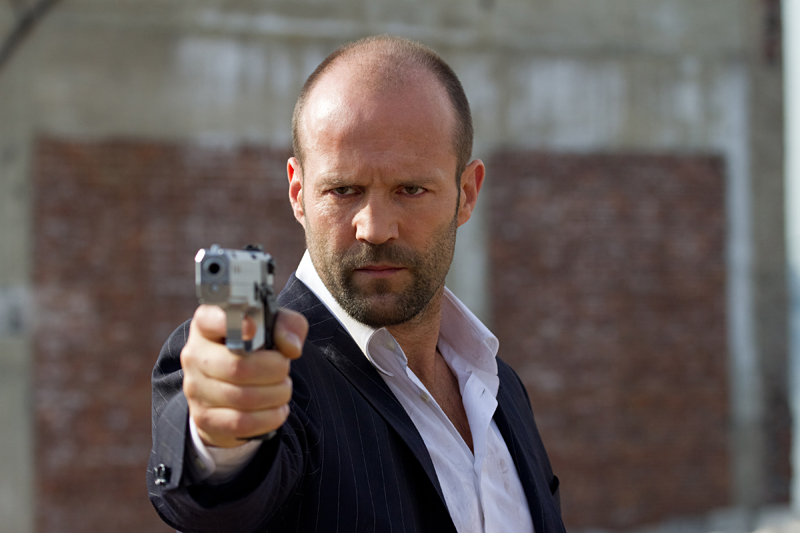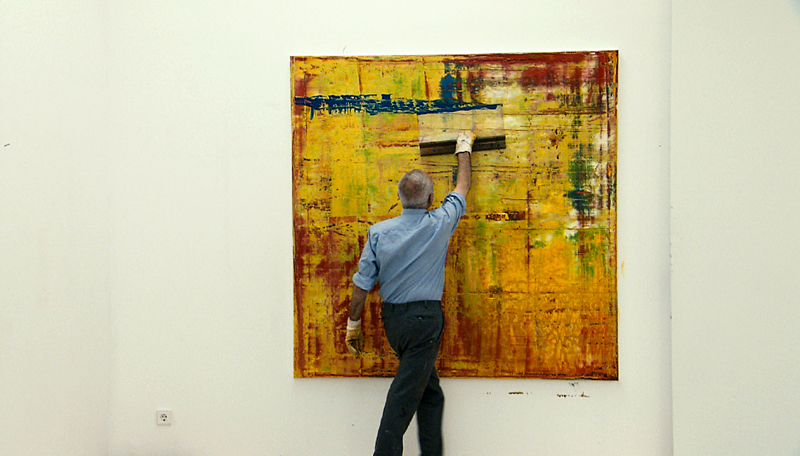In 1982, documentary filmmaker Pamela Yates traveled to Guatemala to capture both sides of the then-raging civil war, in which the despotic regime of military commander José Efraín Ríos Montt was responsible for the genocide of nearly 200,000 indigenous Mayans. Yates’ potent and vibrant footage, which fortuitously included face time with Ríos Montt, became the 1984 Sundance award winner When the Mountains Tremble—and now, in an uplifting twist more than two decades later, Exhibit A for the prosecution in a Madrid war-crimes tribunal. Although Yates’ follow-up is comparatively and frustratingly artless, the film—which tracks Yates’ process of looking through her old footage for evidence—is easy to root for; as the filmmaker revisits 16mm outtakes, Granito becomes both a humanitarian legal thriller and a quest to find justice through cinema. Forensic experts add substantiating bite, and it’s heartwarming to see Mountains subject and Nobel Peace Prize recipient Rigoberta Menchú still fighting the good fight. But if there’s one fatal misstep to this well-intentioned commercial for activism, it’s the director’s compulsory presence. Voice-over narration is usually a cheap shortcut for crafting the dramatic structure of a documentary, but worse, Yates’ dull, studied somberness (plus staged shots of her contemplative reactions) borders on narcissism. “What were your impressions of me?” she asks one of her ’82 contacts, as if this were the appropriate moment to start on her memoir.
Granito: How to Nail a Dictator: Not Every Documentary Demands a Sequel








